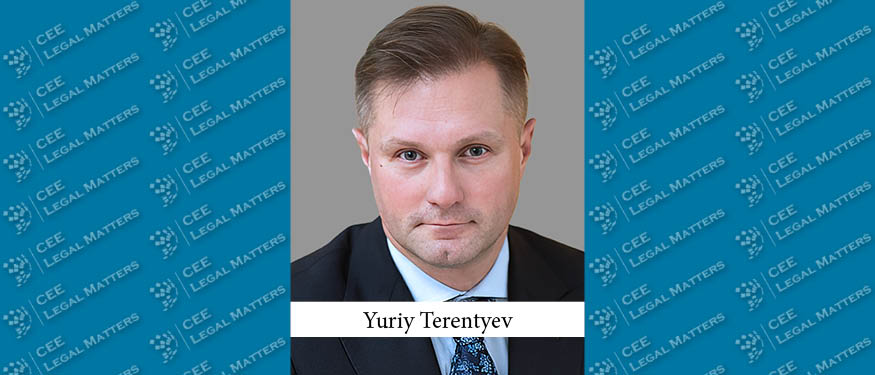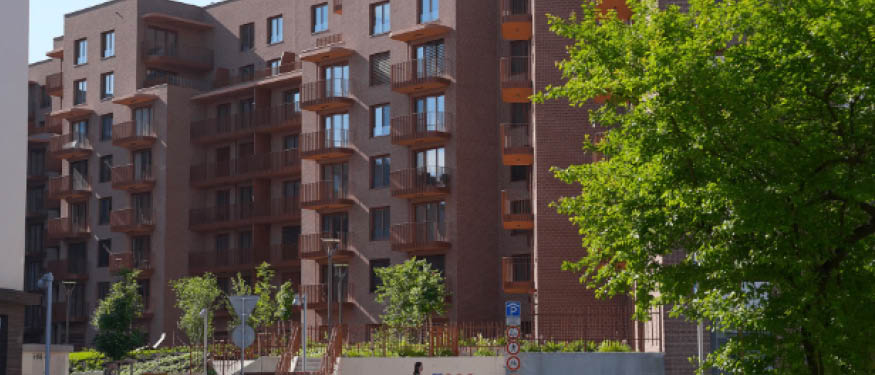As always in Slovakia, political changes are accompanied by personnel changes. Thus, having a new government and new deputies to the parliament has initiated the change of the key personnel, including the head of the Regulatory Office for Network Industries (URSO) and of the Slovak electricity transmission system, Plc. (SEPS).
New people also bring new ideas, and the URSO put up on its website a comprehensive package of legislation for public consultation. It seems that the general direction of the electricity and gas markets regulations, quality standards, and further legal acts are under review. As a result of this suggested package, operators of biogas installations will have direct access to the gas network.
Further, the Ministry of Economy put forward a law proposal for the extension of the competencies of the URSO. It is to take over competencies from the Trade Inspection regarding consumer protection and vulnerable customers.
Regarding the electricity market, the URSO aims to change the balancing groups, the responsibility for deviations, the entry of new participants like active customers, the energy community, independent and integrated aggregators, the provision of flexibility, the operation of electricity storage facilities and other related areas, rules on cross border exchange and the procedures and arrangements for the storage of data, and the form and content of the data to be stored.
With respect to the gas market, the new drafts include new details of contractual relations in the framework of access to the transported network and the transport of gas, the conditions for the protection of vulnerable gas customers, the structure of information on the quantity of gas secured for the supply of gas to final gas customers, the contractual details of gas supply contracts and the provision of metered and evaluated consumption data at the customer’s point of use, depending on the type of metering at the customer’s point of use and the metering structure, as well as the storage of consumption data by network operators.
As to energy resilience, the Ministry of Economy has extended the eligible period for electricity and gas price compensations. In addition to 2023, it will also be possible to apply for compensation for the period up to June 30, 2024. Applications can be submitted until June 15, 2024. The compensation amounts to 80% of the difference between the price actually paid for gas and electricity and the set maximum limits of EUR 99 per megawatt-hour (gas) and EUR 199 per megawatt-hour (electricity), respectively. This is the net price of the commodity excluding distribution and network charges.
The maximum amount of the subsidy per month for an economic unit is EUR 200,000. At the same time, the maximum cumulative amount of aid for all subsidies granted under Section 2.1 of the Temporary Crisis Framework per undertaking has been increased to EUR 2.25 million. If the amount requested exceeds EUR 100,000, the applicant must be entered in the Register of Public Sector Partners.
As part of the implementation of the Renewable Energy Directive (RED III), on September 4, 2023, a memorandum of cooperation was signed between the Ministry of Economy of the Slovak Republic and the Nuclear Energy Company of Slovakia, a. s. (JESS). The aim of the memorandum is to cooperate on the development of methods for the development of wind energy and the identification and preparation of pilot areas suitable for its development (so-called “go-to” areas), in which JESS plays a decisive role.
The role of JESS shall be the development of methodologies for wind energy development that, inter alia, define the precise procedure and conditions for the selection of suitable sites for wind energy development and ensure the preparation and establishment of pilot areas for wind energy development, including the selection of sites for the construction of two wind farms (each with a capacity of up to 50 turbines).
The Ministry of Environment presented a draft for a comprehensive novelization of the EIA Act. As the ministry explains, “the aim of the draft law is to eliminate the problems of the administrative process arising from practice, to adapt the processes to the new legislation in the field of construction and spatial planning, to shorten the procedures and ensure greater professionalism of the state administration, as well as to adjust the process in the light of the warnings of the European Commission. Last but not least, the draft law implements principles arising from international conventions and European regulations.” Among other things, the draft contains simplified rules for wind turbines and different energy sources.
By Bernhard Hager, Managing Partner, Eversheds Sutherland
This article was originally published in Issue 11.3 of the CEE Legal Matters Magazine. If you would like to receive a hard copy of the magazine, you can subscribe here.

















